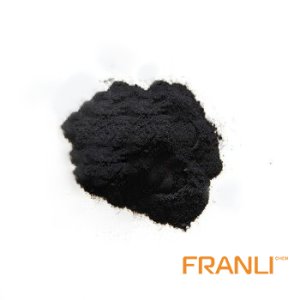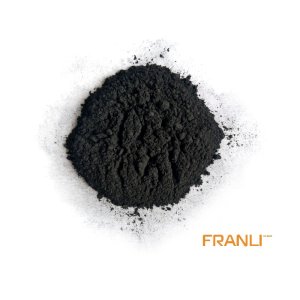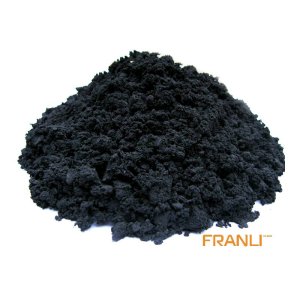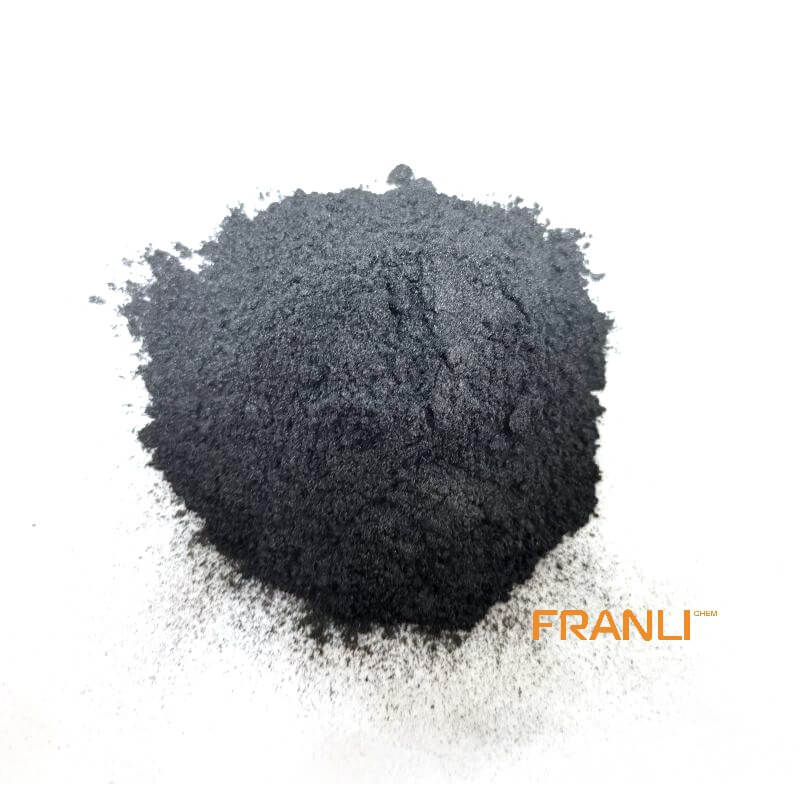
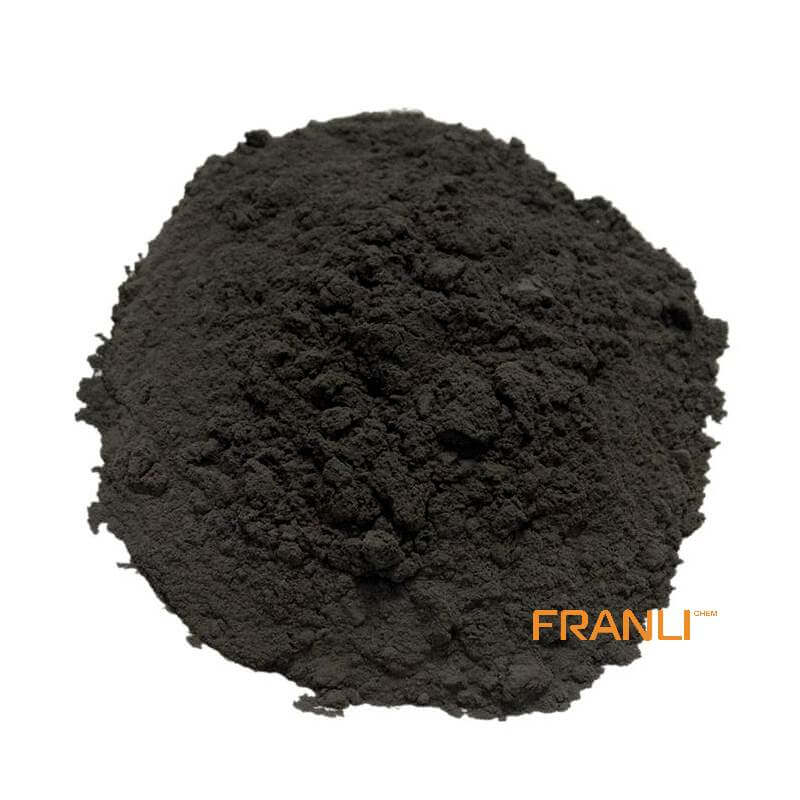
Amorphous Graphite
Size
45μm, 75μm, 150μm, etc
Package
25kg small bags into ton bags or ton bags
Origin
China
Features
Under high temperature conditions, it has special oxidation resistance, etc
Application
Casting coatings, oil field drilling, battery carbon rods, steel, casting materials, refractories, dyes
It is an aggregate of amorphous graphite. The crystal form can be seen only under the electron microscope. Amorphous graphite ore is gray black and steel gray, generally dull, with dense massive, earthy, layered, and lamellar structures. This kind of graphite lacks luster, its lubricity is lower than that of flake graphite, and its selectivity is poor. However, the grade is high, the carbon content is generally 60% ~ 80%, a few are up to more than 90%, the ash content is 15% ~ 22%, the volatile content is 1% ~ 2%, and the moisture content is 2% ~ 7%.
Request a quoteAs the supply interruption is in the recovery period, the price of amorphous graphite in China is rising almost every month in 2021. In mid-July, the price of 80% grade amorphous graphite (FOB China) released by fast markets reached US $410 / ton, up 32% from the price in January and 49% from the last low point in September last year.
Due to the continuous environmental review leading to the closure of some factories and the recovery of various markets after the epidemic, the transportation cost of graphite products in China has increased significantly. From the fourth quarter of 2020 to the first quarter of 2021, the prices of flake graphite and amorphous graphite have increased. With the improvement of market conditions, the price of flake graphite has decreased in recent months, while the price of amorphous graphite continues to rise. The reason is that many factories have been shut down this year. Some manufacturers voluntarily cut production in order to avoid fines for excessive emissions. In addition, Hunan, the main producing area, suffered serious floods in the rainy season from March to July.

Although China dominates the supply of flake gand amorphous graphite, due to the relatively concentrated distribution of amorphous graphite production areas, about 90% of amorphous graphite is produced in Hunan Province. Therefore, once the production in this area is affected, the supply of the whole amorphous graphite may be limited. China’s amorphous graphite industry underwent a major reform about a decade ago. All mines and factories in the province were shut down and brought under the control of the government, controlled by Southern graphite, and a large amount of excess capacity was withdrawn from the market. Since then, the industry integration has continued, coupled with the further tightening of environmental policies, the supply has been affected in the short term.
Compared with flake graphite, the market scale of amorphous graphite is much smaller, but the market demand exceeds 200000 tons/year, which can not be ignored. Amorphous graphite is mainly used in refractories and casting products, as well as traffic friction products and steel re carbonization. There are also a few application scenarios in the field of batteries.
In recent years, the governments of regions rich in natural graphite resources have actively promoted the development of the natural graphite industry out of consideration of economic development, setting off an upsurge of developing artificial graphite products with natural graphite as raw materials. It should be said that learning from the preparation process of artificial graphite and developing new graphite products is an important way to expand the application field of natural graphite. However, because they are both related and different in structure, performance, and use, it is necessary to analyze and discuss them so that managers and researchers can correctly understand and use natural graphite materials, Make the development of new natural graphite products more healthy and efficient.

Natural graphite
Natural graphite is formed by the transformation of carbon-rich organic matter under the long-term action of high-temperature and high-pressure geological environments. It is a gift of nature. The technological characteristics of natural graphite mainly depend on its crystalline form. Graphite minerals with different crystalline forms have different industrial values and use.
There are many kinds of natural graphite. According to different crystalline forms, natural graphite is divided into dense crystalline graphite, flake graphite, and aphanitic graphite in industry. There are mainly two kinds of flake graphite and aphanitic graphite in China.
Dense crystalline graphite is also called massive graphite. Such graphite crystals are obvious and visible to the naked eye. The particle diameter is greater than 0.1 mm. The crystals are arranged disorderly and in a dense massive structure. The grade is very high, generally, the carbon content is 60% ~ 65%, sometimes 80% ~ 98%, but its plasticity and greasiness are not as good as flake graphite.
Natural flake graphite belongs to pegmatite in crystallography. It is a single crystal. It is named because its crystal is in flake shape. It can be divided into large flakes and fine flakes. The lubricity and plasticity of this graphite are better than other types of graphite, so it has the greatest industrial value.
Although the grade of flake graphite ore is not high, and the carbon content is generally between 3% ~ 25%, it is one of the best floatable ores in nature. High-grade graphite concentrate can be obtained through multi grinding and multi separation.
Aphanitic graphite, also known as amorphous graphite or earthy graphite, has been called microcrystalline graphite in recent years. The crystal diameter of this kind of graphite is generally less than 1 micron. The crystal shape can be seen only under the electron microscope, which can be regarded as the aggregate of graphite crystals.
Natural microcrystalline graphite is usually transformed from coal under a geological environment of high temperature and high pressure. Therefore, natural microcrystalline graphite is usually associated with coal. The transition area from anthracite to natural microcrystalline graphite can often be seen in the natural microcrystalline graphite ore body.
This kind of graphite is characterized by an earthy surface, lack of luster, lower lubricity than flake graphite, and poor selectivity. However, the grade is high, the carbon content is generally 60% ~ 80%, and a few areas high as more than 90%.
Artificial graphite
Artificial graphite is similar to polycrystals in crystallography. There are many kinds of artificial graphite and different production processes. In a broad sense, all graphite materials obtained by carbonization of organic matters and treated by high temperature after being treated with graphite can be collectively referred to as artificial graphite, such as carbon (graphite) fibers, pyrolytic carbon (graphite), and foam graphite.
In the narrow sense, artificial graphite usually refers to the massive solid materials prepared by batching, kneading, forming, carbonization (called roasting in the industry), and graphitization with carbonaceous raw materials with low impurity content (petroleum coke, asphalt coke, etc.) as aggregate and coal asphalt as a binder, such as graphite electrode, isostatic pressure graphite, etc.

